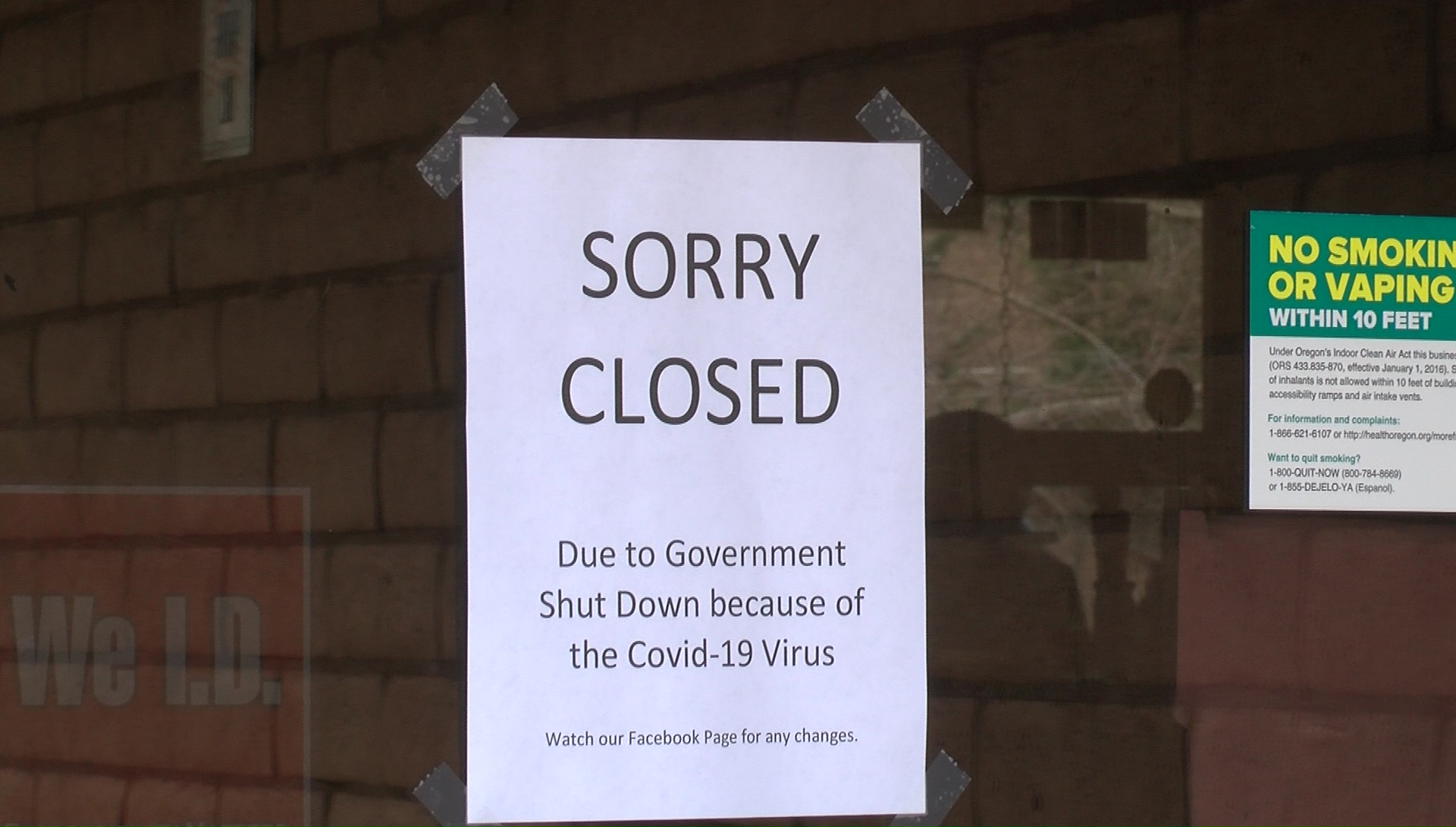Op-Ed: Laptop use in the college classroom
by Casey Eldred
If you were to walk into the average college classroom, most students would be sitting behind the screen of a laptop, and as every college student knows, it’s likely not class related.
There are many reasons that laptop use in class is a constructive and helpful. According to the American Journal of Pharmaceutical Education, “this generation of learners, primarily the millennials (born from 1982 to 2002) have grown up with technology and use it as a primary method of learning.” Students using laptops in class constructively in class comes with a set of advantages that pen and paper do not offer, like researching terms further during a lecture to understand more, or simply being able to take notes more quickly typing than writing.
The issue lies with the students who take advantage of this technology and its perks. This allows students to fall behind easily, while still appearing to be engaged in class because they use their computer to “take notes” through class. According to the New York Times, “The research is unequivocal: Laptops distract from learning, both for users and for those around them.”
Professors should be more active in making sure their students are engaged while using their laptops in class. When professors lecture, they could walk around as they teach, instead of lecturing from the front of the classroom, or they could require students to submit the notes they typed during class.
Laptops can be one of the most helpful academic tools available but, it is the responsibility of both students and professors to ensure that laptops are a tool taken advantage of in the right ways. Students should be aware of what kind of note taking, whether it is electronic or hand written, works best for them. They should not use their laptops as an approved distraction from class.
Professors should be monitoring their students computer use to ensure they are appropriately using their laptops during class time.

(Photo: Brigid Washburn)


